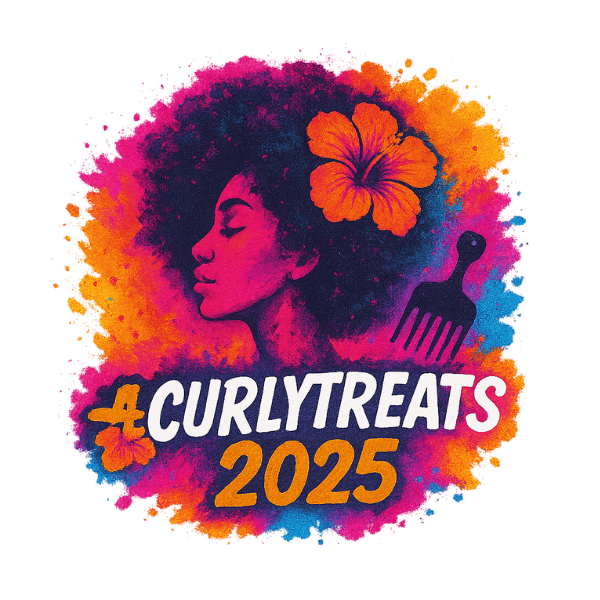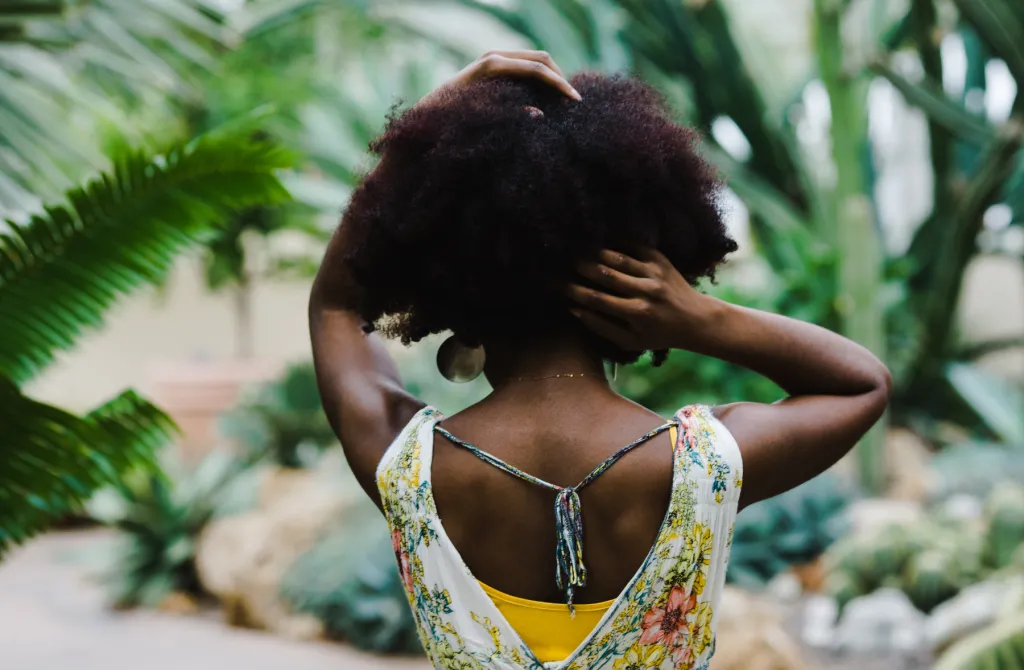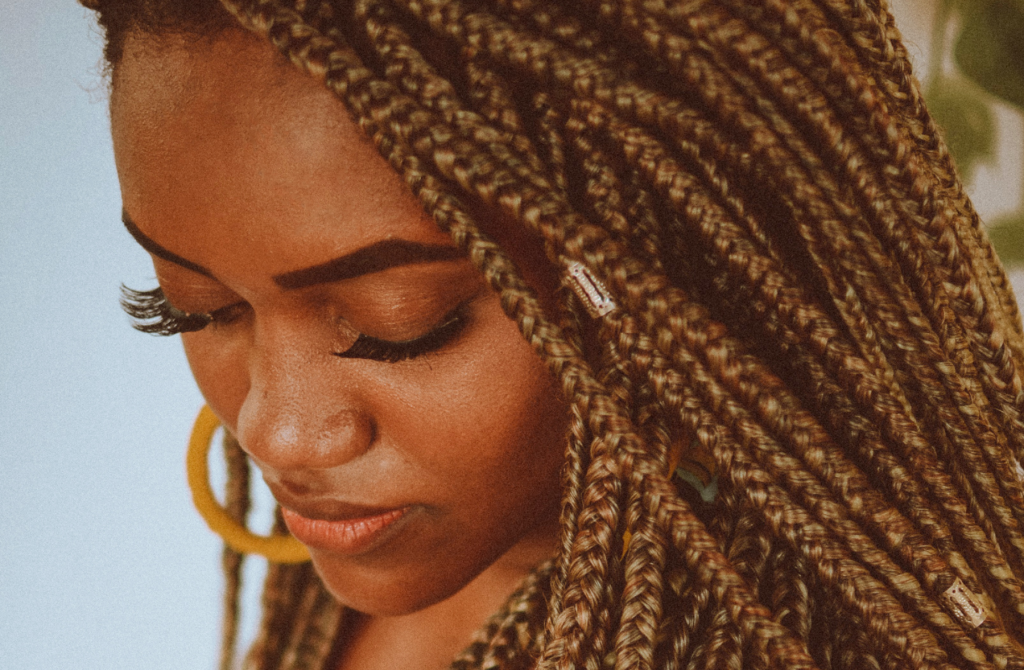How to hydrate curls with deep treatments that actually work
Curly hair has a vibe of its own – but keeping it healthy means giving it the moisture it craves. Because of the curl pattern, natural oils from the scalp don’t always make it all the way down to the ends. That’s where hydrating treatments come in.
But not all methods work the same. The secret is knowing what your curls need and choosing natural ingredients that deliver long-lasting results. This guide shows how to use DIY moisture masks at home using easy, nourishing ingredients—no synthetic fillers required.
Why moisture treatments matter for curly hair
When curls are properly hydrated, they look defined, feel softer, and break less. If your hair feels dry, breaks easily, or struggles to hold definition, regular conditioning treatments can make a big difference.
- Locks in hydration – Keeps curls moisturised over time.
- Boosts curl shape – Well-hydrated hair holds its pattern more easily.
- Reinforces strands – Reduces breakage by improving elasticity.
- Makes detangling easier – Less dryness = fewer knots and snags.
How often should you moisturise with intensive treatments?
- Low porosity hair: Try it once every 1–2 weeks. Add heat to help your hair absorb the product better.
- Medium porosity hair: A weekly treatment helps maintain balance.
- High porosity hair: Twice a week or after every wash helps lock in moisture.
Natural ingredients that boost hydration
Making your own hair masks means full control over what you’re putting on your scalp and strands. Here are some popular go-to ingredients:
- Avocado – Full of fatty acids and vitamins that nourish deeply.
- Honey – Attracts and holds moisture in the hair shaft.
- Aloe vera – Helps calm the scalp and balances moisture.
- Coconut milk – Rich in nutrients and fatty acids.
- Banana – Promotes softness and stretchiness.
- Greek yoghurt – Protein-packed and curl-strengthening.
- Olive oil – Great for sealing in moisture and adding shine.
DIY recipes for curl-friendly conditioning
| Treatment | Best for | Ingredients | Instructions |
|---|---|---|---|
| Avocado & Honey Mask | Moisture boost | ½ avocado, 1 tbsp honey, 2 tbsp coconut milk | Blend ingredients, apply to damp hair, cover, leave for 30 mins, rinse. |
| Banana & Olive Oil | Shine & elasticity | 1 banana, 1 tbsp olive oil, 1 tsp argan oil | Mash well, mix, apply, leave covered for 30 mins, then rinse. |
| Greek Yoghurt & Aloe Blend | Strength & bounce | 2 tbsp yoghurt, 1 tbsp aloe vera, 1 tsp jojoba oil | Mix smoothly, apply, leave for 20 mins, rinse thoroughly. |
| Coconut Milk & Shea Butter | Long-lasting moisture | 3 tbsp coconut milk, 1 tbsp melted shea butter, 1 tsp castor oil | Whisk together, apply evenly, cover for 30 mins, rinse with warm water. |
| Flaxseed Gel & Honey Mask | Defined curls | 2 tbsp flaxseed gel, 1 tbsp honey, 1 tsp almond oil | Mix, apply to curls, leave for 30 mins, rinse with cool water. |
Step-by-step: how to give your curls a hydration treatment
- Cleanse first – Use a sulphate-free shampoo or co-wash to remove buildup so your hair absorbs the treatment.
- Apply the product – Section your hair and coat it from mid-length to ends.
- Use heat if needed – Cover with a shower cap and wrap with a warm towel or sit under a hooded dryer.
- Let it sit – Leave the mask on for 20–40 minutes.
- Rinse thoroughly – Use lukewarm or cool water to seal in moisture.
- Follow up with a leave-in – Use a lightweight cream or conditioner to lock in all the goodness.
Frequently asked questions
How often should I deep condition my curly hair?
The frequency depends on your hair’s porosity and overall condition. Low porosity hair benefits from deep conditioning every one to two weeks, while medium porosity hair does well with a weekly treatment. High porosity hair may need deep conditioning twice a week to prevent moisture loss.
Can I deep condition overnight?
It’s generally not recommended to leave a deep conditioner in overnight, as prolonged exposure to moisture can weaken the hair structure. Most treatments work best when left on for 20 to 40 minutes.
Should I apply deep conditioner to my scalp?
Deep conditioners are mainly designed for the mid-lengths and ends of the hair. If your scalp feels dry, apply a small amount sparingly, but avoid excessive product buildup.
Can I deep condition on dry hair?
Deep conditioning works best on damp, clean hair, as water helps the treatment absorb more effectively. Applying it to dry hair may result in uneven distribution.
What happens if I deep condition too often?
Over-conditioning can lead to hair feeling weighed down and lacking definition. To maintain a good balance, alternate deep conditioning treatments with protein treatments if needed.
Can I use regular conditioner instead of a deep conditioner?
Regular conditioners provide surface-level hydration, while deep conditioners penetrate deeper into the hair shaft. For long-lasting moisture and repair, deep conditioning treatments are more effective.
Do I need heat when deep conditioning?
Using heat, such as a shower cap, warm towel, hooded dryer or in a steam room, helps open the hair cuticle, allowing deeper absorption of moisture and nutrients. This is especially beneficial for low porosity hair.
What are the best natural ingredients for deep conditioning curly hair?
Some of the best natural ingredients include avocado, honey, aloe vera, coconut milk, banana, Greek yogurt, shea butter, and olive oil. These ingredients provide moisture, strength, and nourishment for curly hair.
How do I know if my deep conditioner is working?
Your hair should feel hydrated and easier to maintain after rinsing out the treatment. If your curls still feel dry, you may need to adjust the ingredients or frequency of treatments.
Should I rinse deep conditioner out with warm or cold water?
It’s best to rinse deep conditioner out with lukewarm or cool water. Warm water can help initially open the cuticle, but cool water at the end helps seal it, locking in moisture.
Final thoughts
Deep conditioning is one of the most important steps in any curly hair routine. The right combination of natural ingredients and techniques will keep your hair hydrated and healthy.
With DIY treatments, you can create a routine using simple, nourishing ingredients that work with your hair - not against it. Try one of these homemade masks and see how your curls respond.




